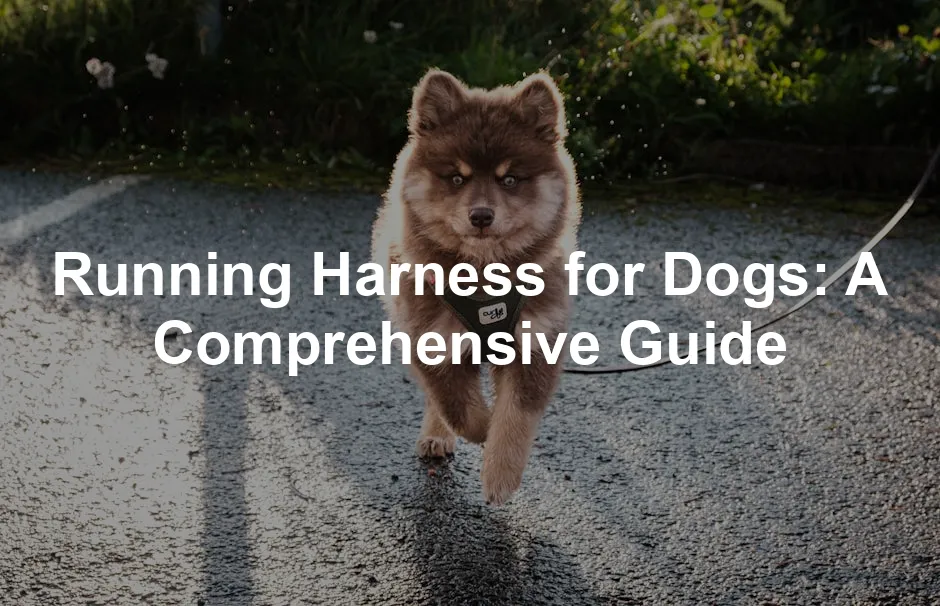Introduction
Are you an active dog owner? If so, a running harness for your dog is essential. These harnesses ensure safety and comfort during outdoor activities. With more people embracing an active lifestyle, running with dogs has become increasingly popular. This guide will provide valuable insights into running harnesses for dogs.
Summary and Overview
In this article, you’ll learn about the different types of running harnesses. We’ll cover key features, tips for choosing the right harness, and their benefits. Selecting the right harness is vital for your dog’s comfort and safety. Additionally, we’ll outline the various sections of the article to help you navigate through the content.
Types of Running Harnesses
1. Overview of Running Harness Types
When selecting a running harness, you’ll find several options in the market. The most common types include front-clip, back-clip, and no-pull harnesses.
Front-Clip Harnesses: These attach the leash at the front. They provide better control and discourage pulling, making them ideal for dogs that tend to lunge. Consider the Ruffwear Front Range Harness for a top-notch option!
Back-Clip Harnesses: These are popular for casual walking and running. They offer comfort and are easy to use. However, they may not discourage pulling as effectively as front-clip models.
No-Pull Harnesses: These harnesses feature a specialized design to prevent pulling. They often have front attachments and are great for training. The PetSafe Easy Walk Harness is a fantastic choice to consider!
Pros and Cons: Each type has its strengths and weaknesses. Front-clip harnesses excel in control but can be tricky to put on. Back-clip versions are user-friendly but may not prevent pulling. No-pull harnesses are effective but might require some training.
According to recent statistics, about 65% of dog owners prefer front-clip harnesses for their effectiveness. When choosing a harness, consider your dog’s needs and behavior. Which type do you think would suit your dog best?
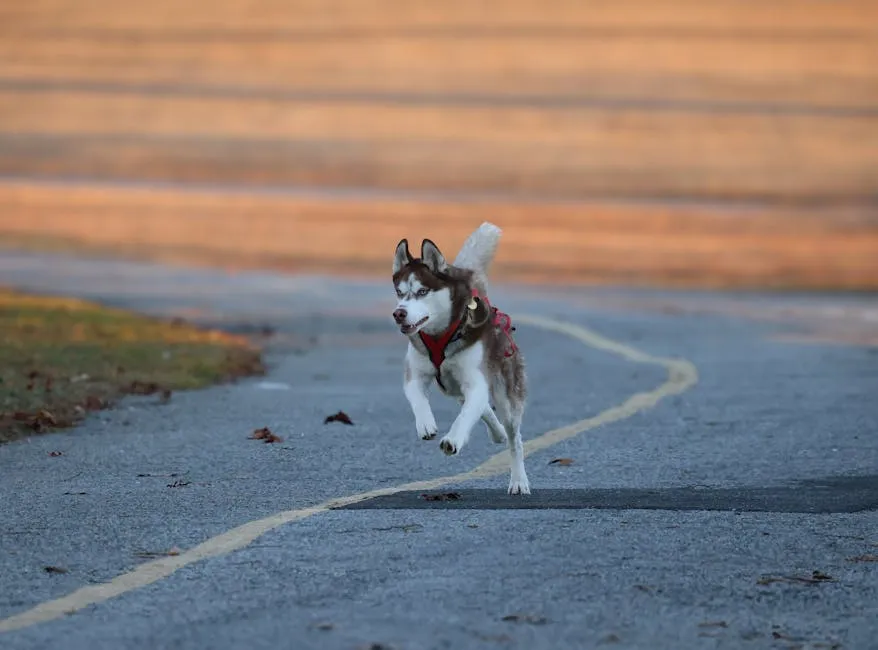
Key Features to Look for in a Running Harness
2. Important Features
Choosing the right running harness is crucial for your dog’s comfort and safety. First, consider the fit and adjustability. A well-fitted harness prevents chafing and allows full range of motion. Look for harnesses with multiple adjustment points to ensure a snug fit.
Next, pay attention to the material and durability. Harnesses made from high-quality materials like nylon or polyester withstand wear and tear. They should also be lightweight and breathable to keep your dog comfortable during runs. The Kurgo Journey Air Harness is an excellent option for durability and comfort!
Padding and comfort are vital as well. A harness with adequate padding helps prevent irritation on long runs. Check for soft linings that won’t rub against your dog’s skin.
Leash attachment options are another key feature. Harnesses with both front and back attachment points provide versatility. Front attachments help with controlling pulling, while back attachments are great for relaxed runs.
Lastly, look for reflective elements for safety. If you run in low-light conditions, reflective straps or stitching increase visibility. This can help keep both you and your dog safe on evening adventures. The PetFusion Ultimate Dog Harness offers excellent reflective features!
Statistics show that a proper fit can significantly impact pet health and comfort. A harness that fits well reduces stress on your dog’s neck and spine, promoting a healthier running experience.
Take a moment to evaluate your current harness against these features. Is it meeting your dog’s needs effectively?

How to Choose the Right Running Harness
4. Selecting the Right Harness
Choosing the right running harness for your dog is essential. Here’s a step-by-step guide to help you make the best choice.
First, measure your dog. Use a flexible measuring tape to get accurate measurements. Measure their neck, chest, and back length. This will help you determine the correct size. Many harnesses come with sizing charts, so refer to those when selecting.
Next, consider your dog’s behavior and energy level. Active dogs may benefit from a harness designed for running or pulling. If your dog is more relaxed, a standard harness may suffice. Knowing your dog’s tendencies will guide you in choosing the right style.
Try the harness on your dog before purchasing. Ensure it fits snugly but allows movement. Watch for any signs of discomfort. Harnesses that are too tight can restrict movement, while loose ones may cause chafing. Pay attention to how your dog reacts when wearing it.
Statistics show that common sizing issues can lead to harness effectiveness problems. For instance, a harness that’s too loose can slip off during a run, while one that’s too tight can cause injury. In fact, approximately 30% of dog owners report issues due to improper fitting.
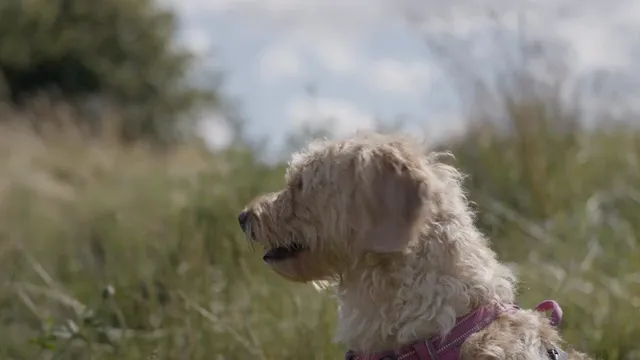
Understanding dog behavior issues can help you choose the right harness for your dog’s specific needs.
Remember to take your dog’s measurements before shopping. This small step can make a big difference in finding the perfect harness!
Popular Running Harness Brands
5. Top Brands and Products
When it comes to quality running harnesses, several brands stand out. Let’s take a look at a few of the best options available.
Ruffwear is a favorite among dog runners. Their Front Range Harness is suitable for various activities. It features padded straps for comfort and multiple leash attachment points. Prices range from $50 to $65, depending on the model. If you’re looking for a reliable option, check out the Ruffwear Front Range Harness!
Nonstop Dogwear specializes in harnesses for active dogs. Their Line Harness 5.0 is designed for running and canicross. It’s lightweight and offers excellent freedom of movement. Prices start around $50. You might also consider the Nonstop Dogwear Line Harness 5.0 for a fantastic running experience!
Kurgo is another reputable brand. Their Journey Air Harness is versatile, with both front and back leash attachments. It’s durable and easy to adjust, making it great for everyday use. Expect to pay about $55 for this harness. Don’t forget to check out the Kurgo Journey Air Harness!
Customer reviews highlight the effectiveness and comfort of these brands. For example, Ruffwear’s products often receive ratings above 4.5 stars. This reflects a strong reputation among dog owners.
Don’t hesitate to check out these brands when considering a purchase. Quality harnesses can greatly enhance your running experience with your dog!
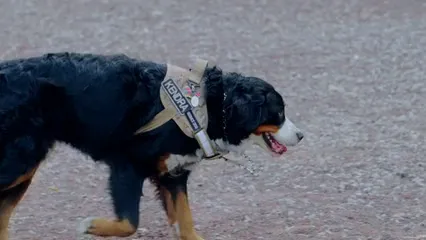
Common Mistakes to Avoid
6. Mistakes When Choosing/Using a Harness
Choosing the right harness for your dog can be tricky. Many dog owners make common mistakes that affect comfort and safety. One frequent issue is selecting a harness that is either too small or too large. This can lead to discomfort and restrict movement. A poorly fitting harness can also increase the risk of injury.
Another mistake is ignoring the material and comfort level. Many harnesses are made from stiff or rough materials that can irritate your dog’s skin. Always opt for soft, breathable fabrics to keep your pet comfortable during runs. Check out the Voyager Step-in Air Dog Harness for a comfy choice!
Failing to test the harness before use is a significant pitfall. It’s essential to try the harness on your dog in a safe space. Observe how your dog reacts. If they seem uncomfortable or if the harness slips, it may not be the right fit.
Statistics show that improper use of harnesses can lead to injuries. In fact, nearly 25% of dog owners report issues related to harness fitting errors. By learning from these mistakes, you can ensure a safer and more enjoyable running experience for both you and your furry friend.
Have you made any of these mistakes? Share your experiences in the comments!
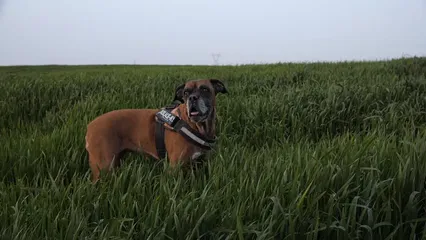
FAQs
What is the best type of harness for running with my dog?
The best type of harness depends on your dog’s size and behavior. For small dogs, a lightweight harness is ideal. It should fit snugly without restricting movement. Medium to large dogs benefit from a no-pull harness. These harnesses discourage pulling and provide better control during runs. Front-clip harnesses are great for dogs that tend to lunge, while back-clip harnesses are suitable for more relaxed runners. Consider your dog’s personality when selecting the right harness.
How do I measure my dog for a harness?
Measuring your dog for a harness is simple. Use a flexible measuring tape to measure the neck and chest girth. For the neck, wrap the tape snugly around the base, ensuring you can fit two fingers underneath. For the chest, measure the widest part, usually just behind the front legs. Lastly, check the back length from the neck to the base of the tail. Refer to sizing charts provided by manufacturers for the best fit.
Can I use a regular harness for running?
Using a regular harness for running is possible, but it’s not always the best choice. Regular harnesses may not have features designed for running, like padding for comfort or secure leash attachments. Running-specific harnesses often offer better control and support, making them safer for both you and your dog. If your dog tends to pull, a no-pull or front-clip harness is recommended for better management.
What features make a harness suitable for running?
A suitable running harness should have several key features. First, look for adjustability to ensure a snug fit. Padding is essential to prevent chafing during long runs. Leash attachment options should include both front and back clips for versatility. Reflective elements enhance visibility in low light, making it safer for evening runs. Lastly, a lightweight and breathable material keeps your dog comfortable during exercise.
How do I prevent chafing when using a harness?
To prevent chafing, ensure the harness fits properly. A well-fitted harness minimizes movement and rubbing against your dog’s skin. Choose harnesses with soft padding and breathable materials. If your dog is prone to chafing, consider using a protective layer, like a dog shirt or bandana, under the harness. Regularly check for any signs of irritation, and adjust the fit as necessary to keep your dog comfortable.
Are there harnesses designed for dogs that pull?
Yes, there are harnesses specifically designed for dogs that pull. These harnesses often feature a front attachment point for the leash, which helps redirect your dog’s movement and discourages pulling. Some models have specialized designs to distribute pressure evenly, reducing stress on your dog’s neck. No-pull harnesses are highly effective for training and managing energetic dogs during runs.
Where can I purchase a quality running harness for dogs?
You can find quality running harnesses at various retailers. Reputable online stores like Amazon, Chewy, or specialized pet supply sites like Ruffwear or Nonstop Dogwear offer a great selection. Local pet stores often carry well-known brands, so check there as well. Be sure to read reviews and check sizing guides before purchasing to ensure the best fit for your dog.
Please let us know what you think about our content by leaving a comment down below!
Thank you for reading till here 🙂
All images from Pexels

